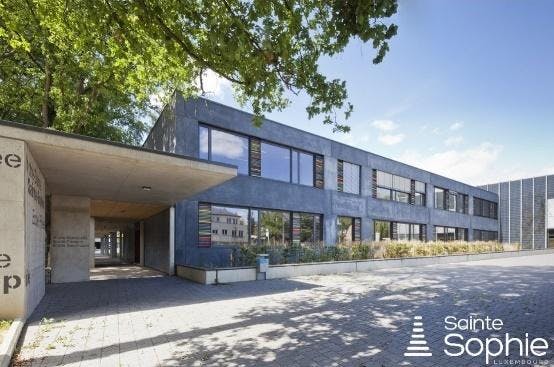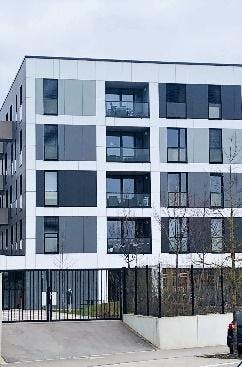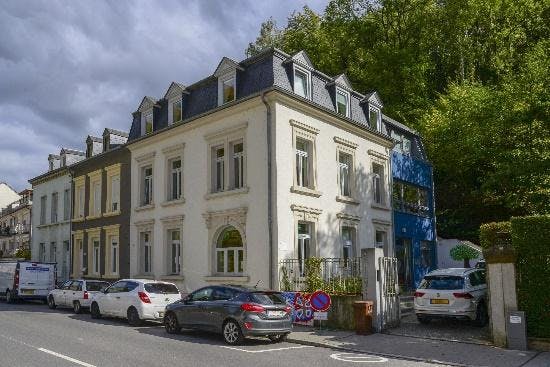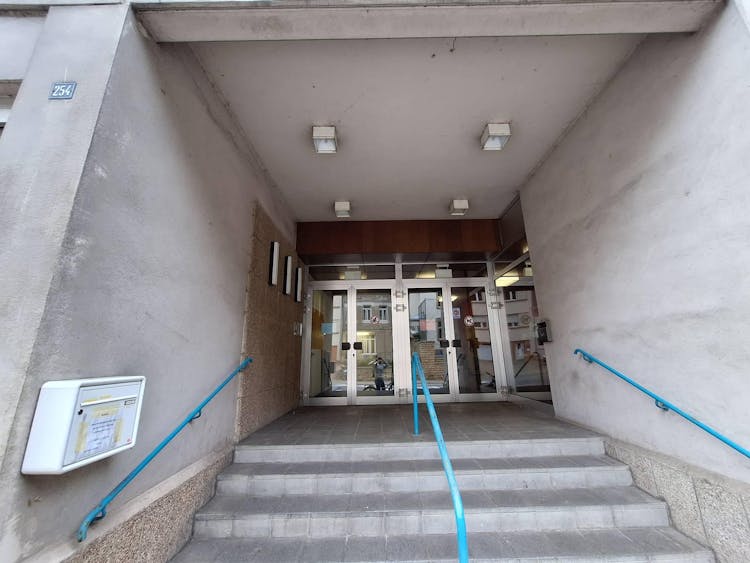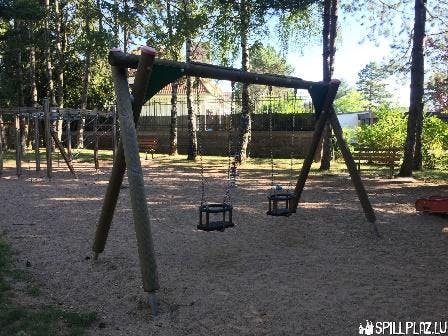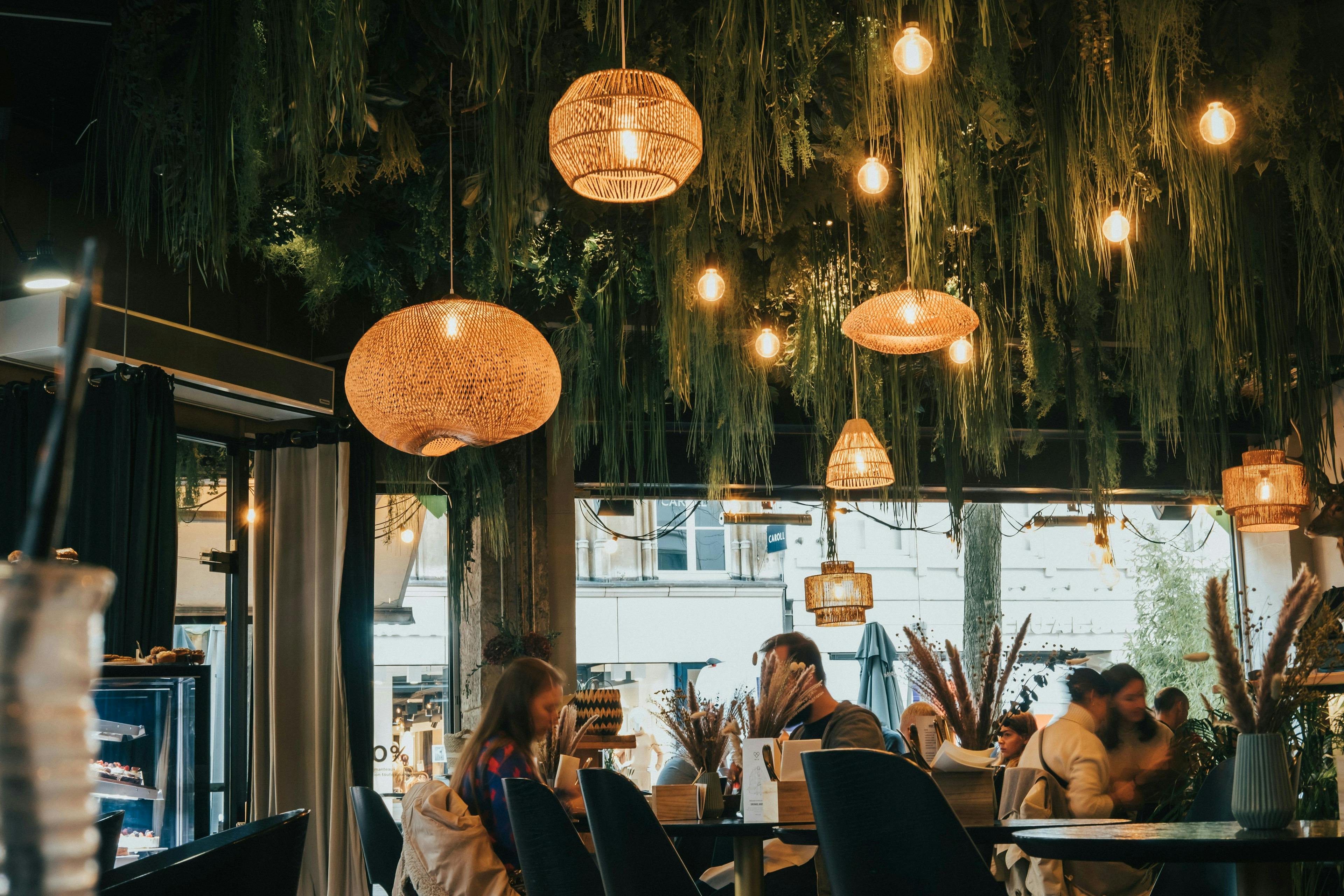
Neudorf-Weimershof: a dynamic neighborhood in Luxembourg City
We’ll look at the neighborhood's historical evolution, diverse population, pros and cons, transportation options, and communal infrastructure including schools and cultural centers, healthcare facilities, and local parks.
The Neudorf/Weimershof neighborhood, nestled at the northeast border of Luxembourg's capital, shares its southern boundary with Cents, western confines with Clausen, and northwest adjacency with Kirchberg. Comprising the villages of Neudorf and Weimershof, the former meanders along the Neudorf Street, while the latter rests atop the Kirchberg plateau.
General characteristics of Neudorf-Weimershof
Neudorf, though tranquil, serves primarily as a thoroughfare connecting Clausen and the Findel airport sector. Its elongated layout within a steep valley limits opportunities for a bustling local life, making it a passageway frequented mainly by residents. Meanwhile, Weimershof boasts spacious, contemporary residences in the south and a thriving commercial and financial zone to the north, housing numerous businesses.
Population of the neighborhood
Notably, with a significant 76.04% foreign-born residents, it ranks as the second most ethnically diverse neighborhood, following only the Gare district. Comparatively, the city's average foreign-born population hovers at 70.82%, underscoring Neudorf/Weimershof's distinct demographic landscape.
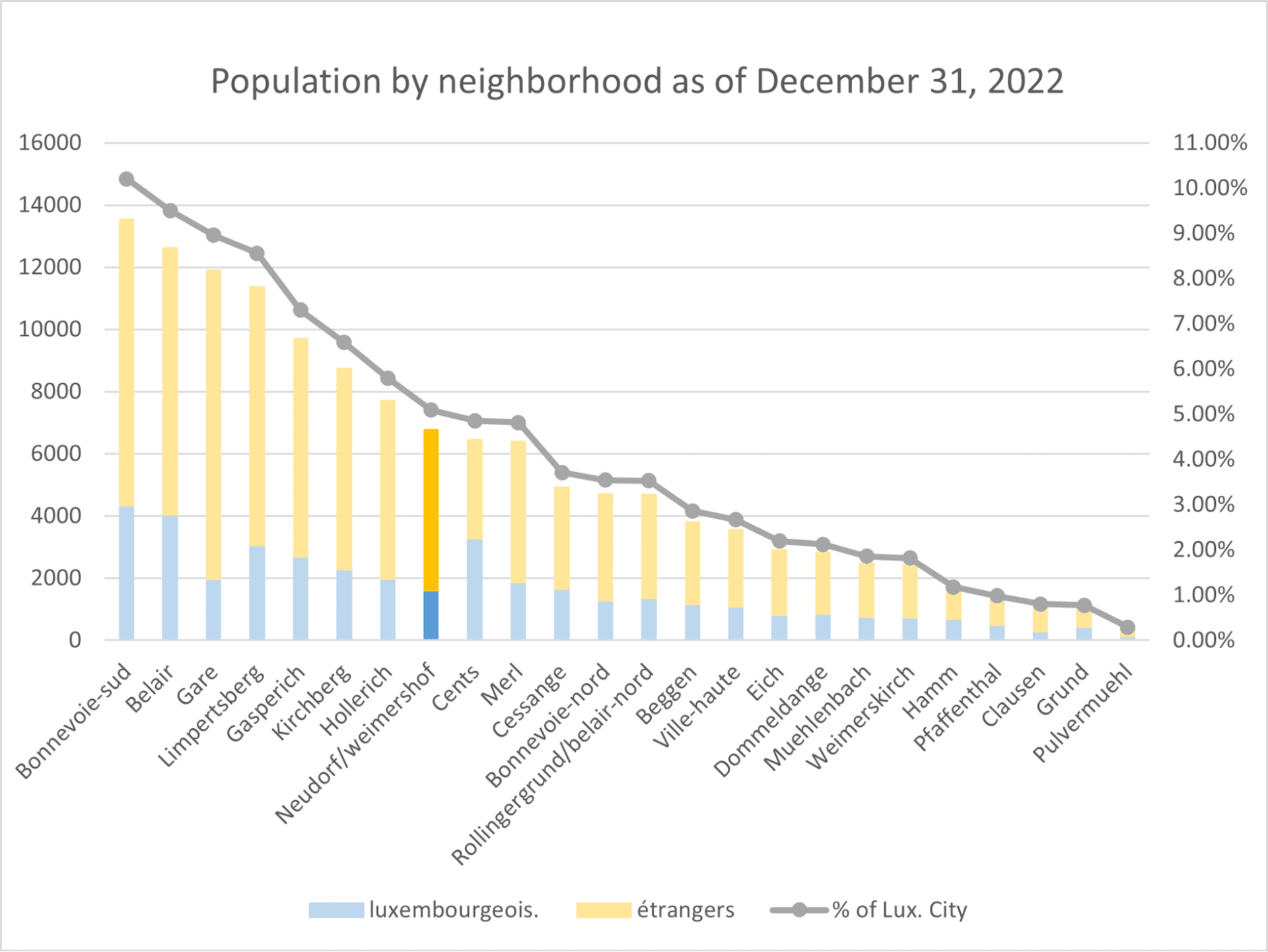
Transport accessibility
Nestled in a privileged position, Neudorf/Weimershof is a neighborhood that prides itself on exceptional transport accessibility, offering residents a range of convenient options for daily commuting. Its strategic location provides direct access to the Kirchberg district and a well-connected tramline that traverses the area longitudinally along Avenue John F. Kennedy. Let's explore the various modes of transportation available in this dynamic neighborhood:






Exciting developments are on the horizon, with a grand project envisioning a suspended footbridge across the valley, connecting the Kirchberg plateau to the Cents neighborhood. Stretching 200 meters, this remarkable bridge, starting from Rue des Bleuets in Weimershof, will swiftly link pedestrians and cyclists to the opposite side of the city. An elevator will seamlessly connect the bridge to the Neudorf neighborhood. Anticipated for completion by 2025, this architectural marvel promises to enhance connectivity, accessibility, and the overall infrastructure of Neudorf/Weimershof.

Renting and buying real estate
Average prices in the neighbourhood are very different from the average in the capital. And there is no general trend: something here is more affordable, and something is more expensive.
For purchase prices stand at
For renting prices stand at
Applications, search, and profound advice in our guide to renting
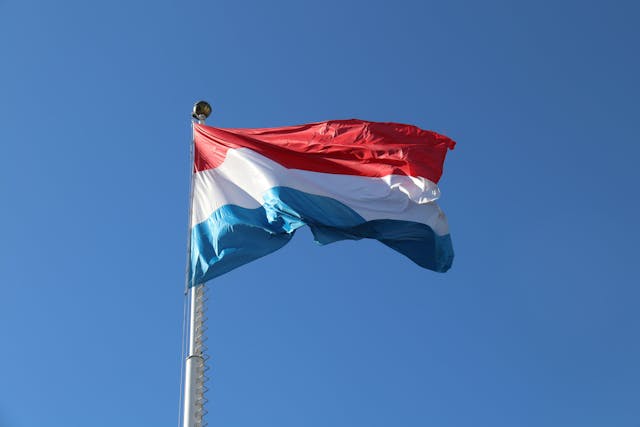
Infrastructure of the quarter
As we explore the infrastructure of Neudorf/Weimershof, it becomes evident that the neighborhood is a harmonious blend of residential comfort and vibrant amenities. From distinguished schools to cultural hubs, green spaces, and sports facilities, the neighborhood caters to diverse needs. Notably, the Henri Funck Stadium offers a centralized venue for sports enthusiasts, while cultural connoisseurs can explore the nearby Kirchberg district's offerings.
If you're considering making Luxembourg your new home, we encourage you to explore our range of articles that look in depth at the different city communes and neighborhoods.
Pros and cons of living in the quarter
The Neudorf/Weimershof neighborhood boasts an ideal location, facilitating quick access to the city center via a tram line that traverses the district from north to south. Its proximity to Kirchberg's commercial and office hub makes it particularly appealing for professionals employed in the area.
However, on the downside, the real estate market presents a challenge, with property prices relatively higher than in other capital neighborhoods. The convenience of location comes at a cost, making it crucial for prospective residents to weigh the advantages against the financial considerations of living in this dynamic neighborhood.
What can you find in this neighborhood of Luxembourg City?
Within the neighborhood, residents have access to a private school catering to both primary and secondary education, accompanied by numerous daycare facilities. While Neudorf/Weimershof itself doesn't host universities, the adjacent Kircheberg neighborhood, just a short distance away, features a campus of the University of Luxembourg and several other tertiary institutions, providing ample educational opportunities for residents.
Sainte-Sophie School
Neudorf – Laladudo childcarecenter
Municipal nursery J. Leydenbach street
Nursery L'enfant Roi Weimershof
Nursery L'enfant Roi Jfk
Kidscare Kirchberg Muguets By Babilou Family
KidsCare Kirchberg - Boulevard Pierre Werner
My First Steps
François-Elisabeth Nursery
While the neighborhood itself has a modest cultural offering with a single cultural center situated at 254 Rue de Neudorf, residents benefit from the proximity to Kirchberg's extensive cultural scene. Adjacent to Neudorf/Weimershof, Kirchberg boasts renowned institutions such as the Luxembourg Philharmonic, the Kinepolis Cinema Theater, the National Library, and the Grand Duke Jean Museum of Modern Art (MUDAM), providing a rich and diverse cultural landscape for enthusiasts in close reach.
- Phone: (+352) 47 96 27 90.
- Website: vdl.lu.
Learn more about Luxembourg's culture and traditions in our special guide.
The neighborhood benefits from two prominent healthcare facilities affiliated with the Hôpitaux Robert Schuman group: the Kirchberg Hospital and the Bohler Clinic. With over 306 independent physicians and an average of 2,250 employees, this healthcare group provides high-quality assistance with a strong emphasis on personalized and compassionate service. These establishments offer specialized medical care across a broad spectrum, including geriatrics, psychiatry, internal medicine, musculoskeletal health, oncology, and emergency services.
Kircherg Hospital
Pharmacie Du Kirchberg
Additionally, residents have convenient access to the Pharmacie du Kirchberg, located in close proximity to the hospital, providing comprehensive healthcare support within the Neudorf/Weimershof neighborhood.
The neighborhood features numerous children's playgrounds and a pétanque area at Sent. de Bricherhof. Additionally, a sizable green space, Parc-Klose-Groendchen, graces the northern region, while just south, in the adjacent Kirchberg neighborhood, residents enjoy the proximity of Parc des Trois Glands. These green havens offer residents ample opportunities to connect with nature, unwind, and partake in recreational activities within and around Neudorf/Weimershof.
- Playground Ale Wee: Ale Wee, Neudorf-Weimershof.
- Playground Ecole Neudorf: 257 Rue de Neudorf, Neudorf-Weimershof Luxembourg.
- Playground Eglantiers: 67 Rue des Églantiers, Neudorf-Weimershof Luxembourg.
- Pétanque Court: Sent. de Bricherhof, Neudorf-Weimershof Luxembourg.
- Playground Gruenwald : rue du grünewald, Neudorf-Weimershof.
- Playground Joseph Leydenbach Street: 11 Rue Joseph Leydenbach, Neudorf-Weimershof Luxembourg.
Notably, in Neudorf/Weimershof, the Henri Funck Stadium takes center stage, situated to the north of the neighborhood. This sports facility serves as a key hub for athletic activities, offering residents a dedicated space for various sports and recreational pursuits
- Phone : (+352) 47 96 25 83
- Website : vdl.lu
Neudorf/Weimershof, while hosting a few local shops, notably benefits from its immediate proximity to two major shopping centers in the neighboring Kirchberg district. The southern part features the INFINITY Shopping Center, while the northern region boasts the Kirchberg Shopping Center, providing residents with extensive shopping opportunities just a stone's throw away.
Additionally, for grocery needs, a Carrefour express Luxembourg-Kirchberg is conveniently situated to the north, and in the southern part (albeit in the neighboring Kirchberg), residents have easy access to the Proxy Delhaize Kirchberg, ensuring a well-rounded and accessible shopping experience for the community.
Historical overview
Founded in the late 18th century, Neudorf emerged as displaced residents sought refuge from fortress construction, initially comprising a few houses along a bustling eastward route. In 1845, the first school was established, and by 1901, an iconic church adorned the landscape. A pivotal moment in the neighborhood's economic evolution occurred with the establishment of Funck-Schamburger Brewery in 1864. Operating until 1982, the Henri Funck Brewery played a central role until its decline and eventual demolition in 2012, leaving behind a historical legacy integral to Neudorf's narrative.
Read article
Frequently Asked Questions (FAQ)
Are there any upcoming infrastructure projects or developments in the neighborhood?
How is the transportation infrastructure in Neudorf/Weimershof?
What are the healthcare facilities in the area?
Source: fr.wikipedia.org, www.justarrived.lu, www.vdl.lu, paperjam.lu, spillplaz.lu, www.immotop.lu
We took photos from these sources: Kaja Sariwating on Unsplash, vdl.lu, Paperjam, GoogleMaps, Spillplatz
